Materials
Materials
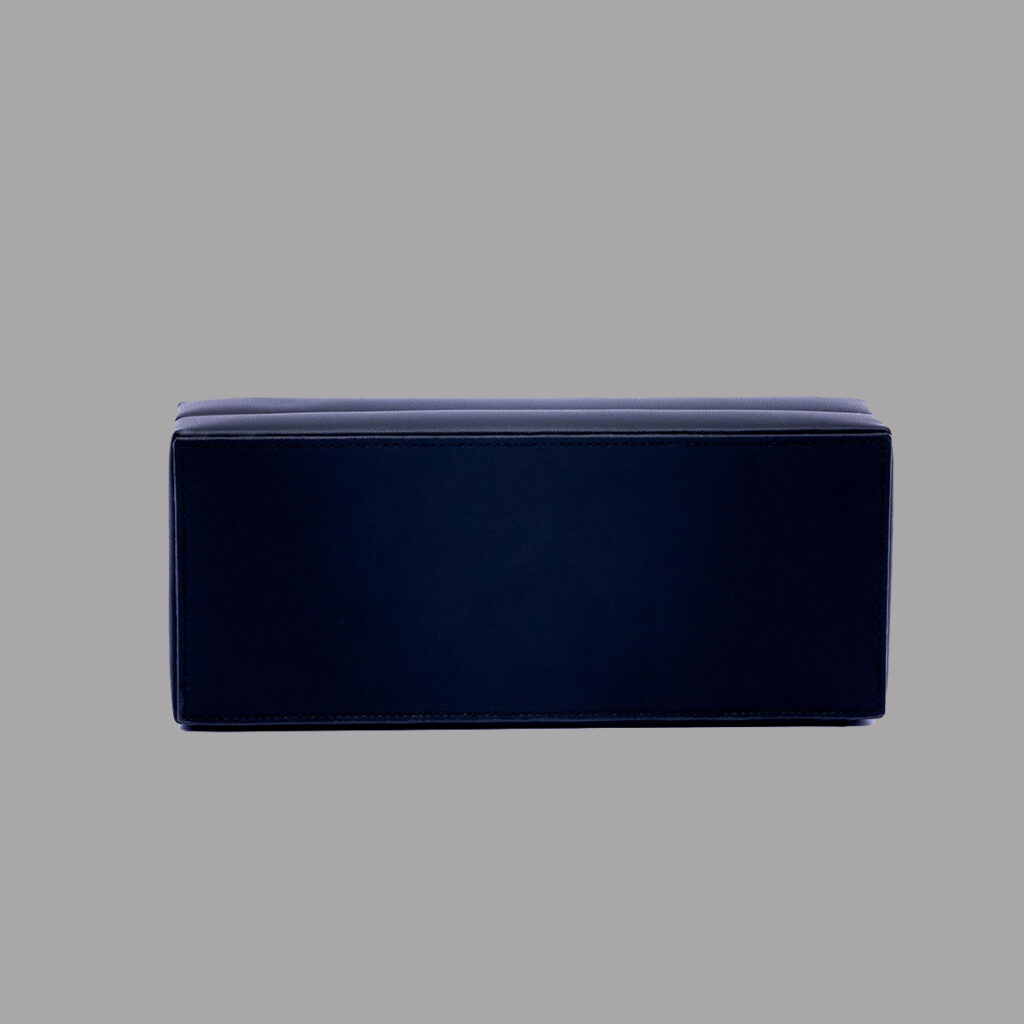
UPCYCLED PU LEATHER
For our first edition, we have chosen upcycled PU leather as the primary material for our handbags. We made this decision based on several important factors that reflect our commitment to sustainability and animal welfare.
As a brand deeply committed to our country and social sustainability, we wanted to focus on finding all the resources in Lebanon. Choosing PU leather, the only available alternative to genuine leather in our region, aligns with our mission to support local resources while upholding our ethical values. We wanted to prove that with whatever material available, we can create something distinctive and environmentally responsible, showcasing the potential for innovation and creativity.
PU leather is a great replacement for real leather when it comes to sustainability. Real leather production involves animal farming, which has significant environmental implications. In contrast, PU leather is a synthetic material that reduces the demand for animal products and minimizes the ecological impact. By opting for it, we actively contribute to a more sustainable fashion industry and help protect our planet.
In addition to reduced resource consumption, PU leather manufacturing processes also generate less waste compared to genuine leather processing. With advancements in technology and manufacturing techniques, its production can be more controlled, resulting in minimized waste generation. Furthermore, it can be recycled and repurposed, further reducing the burden on landfills and promoting circular economy.
While the production involves the use of certain chemicals, significant efforts have been made to manage and regulate these chemicals responsibly. Stricter control over chemical usage helps minimize environmental impact and ensures safer manufacturing processes.
We understand that some concerns may arise regarding the quality and durability of PU leather. However, we want to assure you that we use only high-quality in our products. Our handbags are crafted with meticulous attention to detail and undergo testing to ensure durability and longevity. When you choose our handbags, you can have confidence in their ability to withstand daily use and maintain their appeal over time.
We understand that some concerns may arise regarding the quality and durability of PU leather. However, we want to assure you that we use only high-quality in our products. Our handbags are crafted with meticulous attention to detail and undergo testing to ensure durability and longevity. When you choose our handbags, you can have confidence in their ability to withstand daily use and maintain their appeal over time.
METAL
Metal is a beneficial choice for the environment due to its durability, recyclability, and low environmental impact. Firstly, metal is highly durable, which means products made from metal have a longer lifespan and reduce the need for frequent replacements. This longevity helps conserve resources and minimizes waste generation. Secondly, metal is a recyclable material that can be repurposed and reused without losing its properties. This promotes a circular economy and reduces the demand for extracting new raw materials.
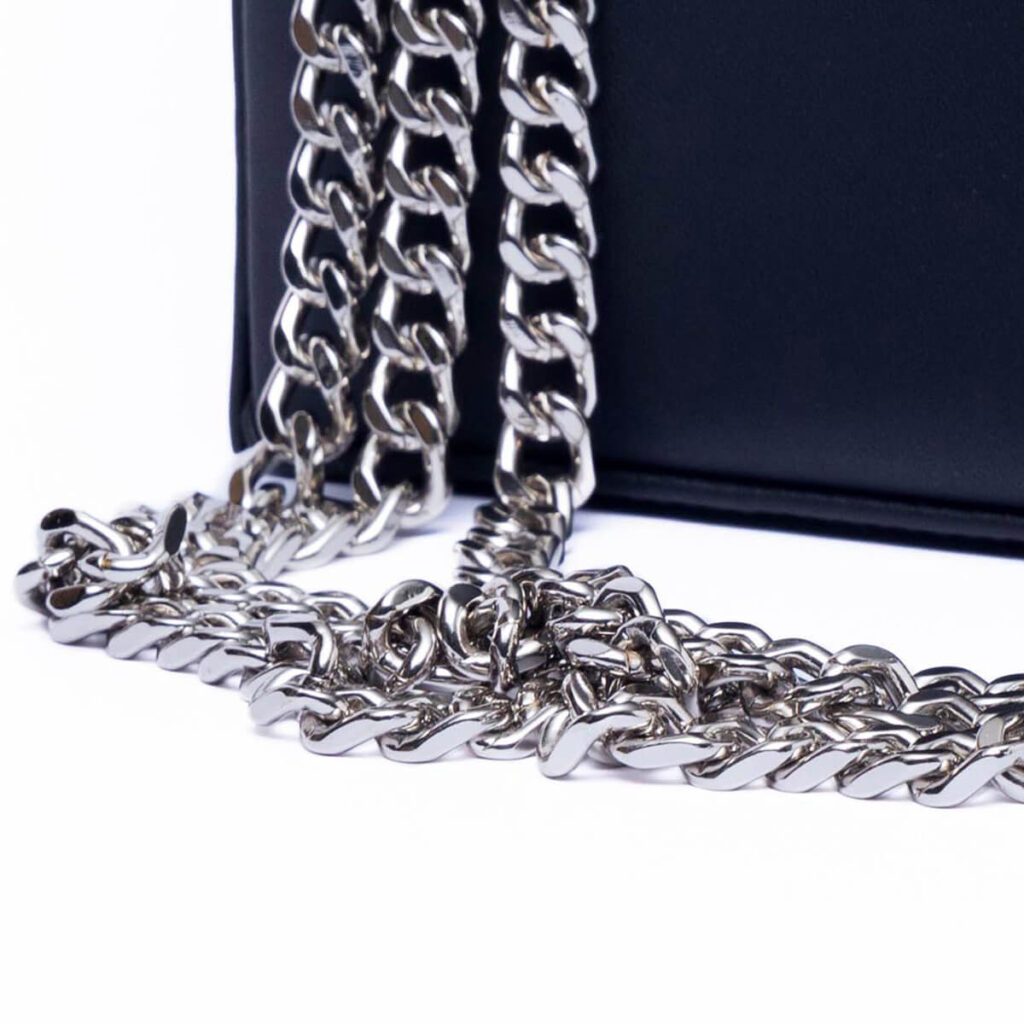

METAL
Metal is a beneficial choice for the environment due to its durability, recyclability, and low environmental impact. Firstly, metal is highly durable, which means products made from metal have a longer lifespan and reduce the need for frequent replacements. This longevity helps conserve resources and minimizes waste generation. Secondly, metal is a recyclable material that can be repurposed and reused without losing its properties. This promotes a circular economy and reduces the demand for extracting new raw materials.
ū
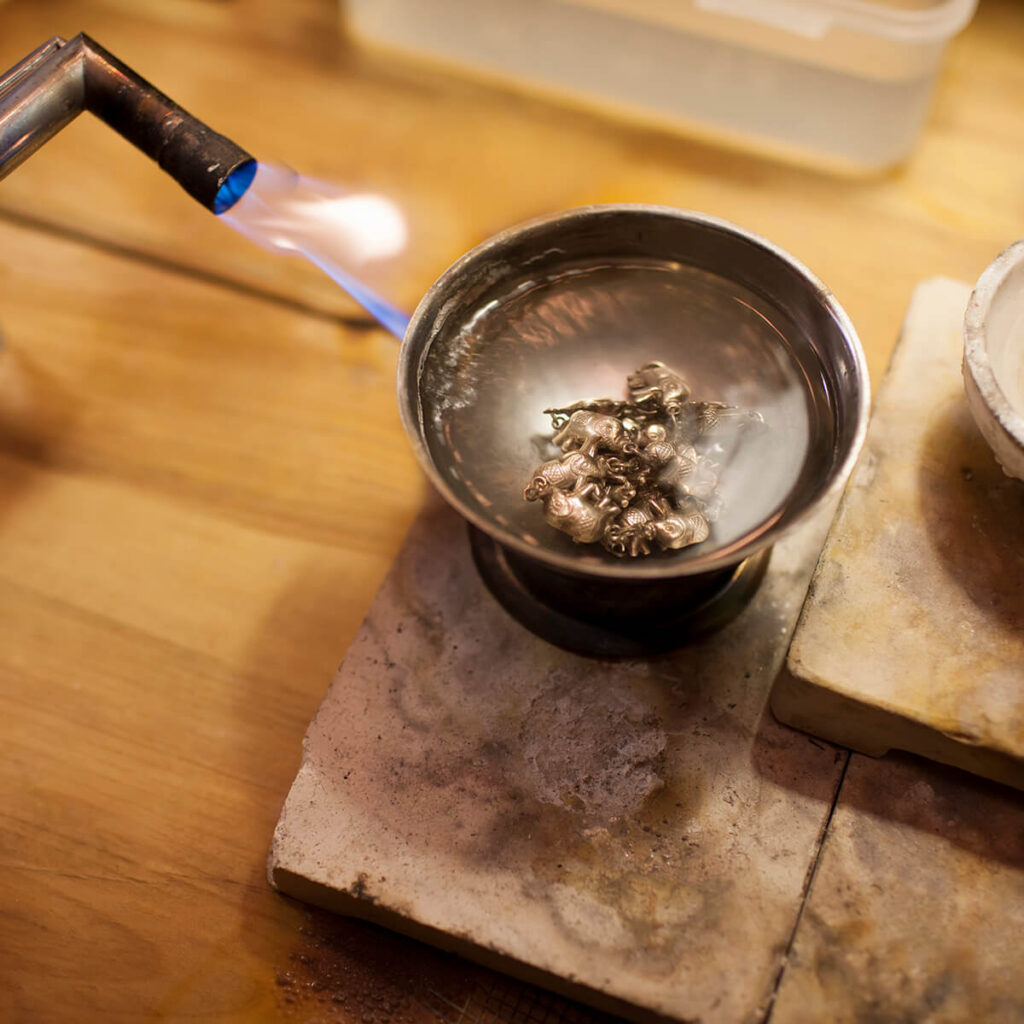
RECYCLED SILVER
Using recycled silver for our earrings offers significant environmental benefits. Firstly, it reduces the need for new silver mining, which can lead to habitat destruction, water pollution, and carbon emissions. By repurposing existing silver, the energy and resources required for mining, refining, and processing are minimized, resulting in a lower carbon footprint. Additionally, recycling silver decreases the demand for landfill space and lessens the overall pressure on natural ecosystems. When used in jewelry, recycled silver promotes sustainable practices in the fashion industry, showcasing a commitment to responsible sourcing and production while maintaining the same quality and beauty as newly mined silver.

RECYCLED SILVER
Using recycled silver for our earrings offers significant environmental benefits. Firstly, it reduces the need for new silver mining, which can lead to habitat destruction, water pollution, and carbon emissions. By repurposing existing silver, the energy and resources required for mining, refining, and processing are minimized, resulting in a lower carbon footprint. Additionally, recycling silver decreases the demand for landfill space and lessens the overall pressure on natural ecosystems. When used in jewelry, recycled silver promotes sustainable practices in the fashion industry, showcasing a commitment to responsible sourcing and production while maintaining the same quality and beauty as newly mined silver.
POLYESTER TAFFETA
We have chosen to use purple recycled taffeta polyester for our bag liners to make a positive impact on the environment. By utilizing recycled materials, we contribute to waste reduction and resource conservation. However, it’s important to note that the availability of recycled taffeta polyester can sometimes vary. As we prioritize using recycled materials for sustainability reasons, there may be instances where the material or color of our bag liners differs slightly. This is a result of the limited supply of recycled taffeta polyester. Nonetheless, these variations highlight the uniqueness of each product and demonstrate our commitment to sustainable practices. We believe that the environmental benefits of using recycled materials outweigh any minor differences in appearance, and we remain dedicated to our goal of creating a positive impact through conscious material choices.


POLYESTER TAFFETA
We have chosen to use purple recycled taffeta polyester for our bag liners to make a positive impact on the environment. By utilizing recycled materials, we contribute to waste reduction and resource conservation. However, it’s important to note that the availability of recycled taffeta polyester can sometimes vary. As we prioritize using recycled materials for sustainability reasons, there may be instances where the material or color of our bag liners differs slightly. This is a result of the limited supply of recycled taffeta polyester. Nonetheless, these variations highlight the uniqueness of each product and demonstrate our commitment to sustainable practices. We believe that the environmental benefits of using recycled materials outweigh any minor differences in appearance, and we remain dedicated to our goal of creating a positive impact through conscious material choices.
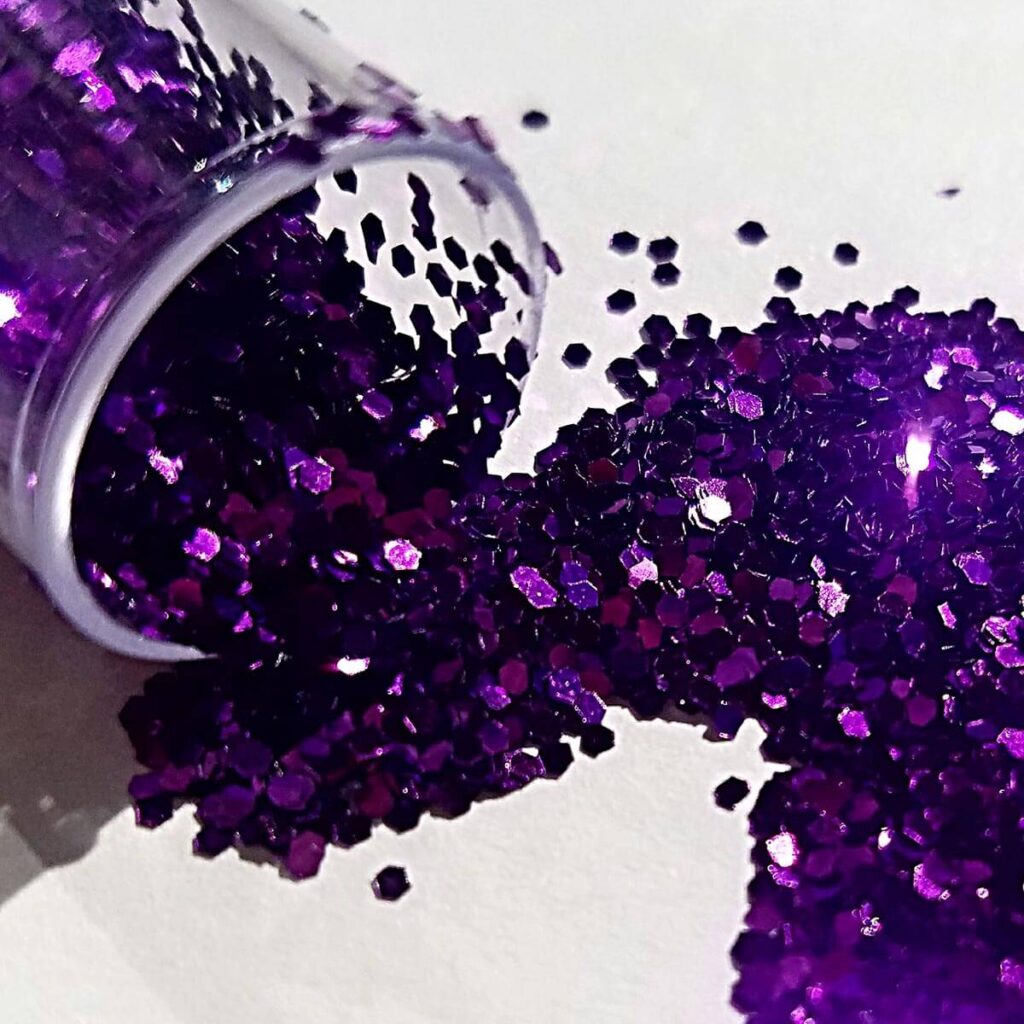
BIO-GLITTER
In every product we offer, we include bio glitter made from plant cellulose film- a natural and biodegradable material. When the glitter is eventually disposed of, it breaks down more easily and reduces the risk of microplastic pollution compared to traditional plastic-based glitter. However, it is essential for us to be responsible for the way we dispose of it because even though bio glitter is more environmentally friendly, it’s still important to use it responsibly. Glitter, whether traditional or bio, should not be directly released into the environment, such as in bodies of water or natural habitats. Proper disposal methods, such as placing it in the trash or recycling it according to local guidelines, should be followed to minimize any potential environmental impact.

BIO-GLITTER
In every product we offer, we include bio glitter made from plant cellulose film- a natural and biodegradable material. When the glitter is eventually disposed of, it breaks down more easily and reduces the risk of microplastic pollution compared to traditional plastic-based glitter. However, it is essential for us to be responsible for the way we dispose of it because even though bio glitter is more environmentally friendly, it’s still important to use it responsibly. Glitter, whether traditional or bio, should not be directly released into the environment, such as in bodies of water or natural habitats. Proper disposal methods, such as placing it in the trash or recycling it according to local guidelines, should be followed to minimize any potential environmental impact.
RECYCLED CARDBOARD
For our packaging and cards, we used recycled cardboard. By utilizing recycled materials, we reduce the need for virgin resources and minimize deforestation. The production of recycled cardboard requires less energy and emits fewer greenhouse gases, lowering its carbon footprint. Choosing recycled cardboard for packaging also diverts waste from landfills and promotes a circular economy. It encourages recycling practices, helps reduce landfill methane emissions, and supports sustainable waste management. Overall, packaging with recycled cardboard is an eco-friendly choice that conserves resources, reduces emissions, and contributes to a more sustainable future.


RECYCLED CARDBOARD
For our packaging and cards, we used recycled cardboard. By utilizing recycled materials, we reduce the need for virgin resources and minimize deforestation. The production of recycled cardboard requires less energy and emits fewer greenhouse gases, lowering its carbon footprint. Choosing recycled cardboard for packaging also diverts waste from landfills and promotes a circular economy. It encourages recycling practices, helps reduce landfill methane emissions, and supports sustainable waste management. Overall, packaging with recycled cardboard is an eco-friendly choice that conserves resources, reduces emissions, and contributes to a more sustainable future.

SEAL STICKER
For our packaging, we prioritize the use of eco-friendly seal stickers instead of the typical ones due to their alignment with our commitment to sustainability and reducing our environmental footprint. By opting for stickers made from recycled materials or compostable substances, we minimize plastic waste and contribute to a healthier planet while maintaining the quality and integrity of our packaging.

SEAL STICKER
For our packaging, we prioritize the use of eco-friendly seal stickers instead of the typical ones due to their alignment with our commitment to sustainability and reducing our environmental footprint. By opting for stickers made from recycled materials or compostable substances, we minimize plastic waste and contribute to a healthier planet while maintaining the quality and integrity of our packaging.
INK
For our packaging, dust bags, and cards, we utilized eco-friendly ink, prioritizing its positive impact on the environment. This helps reduce the release of harmful chemicals and pollutants into the ecosystem, minimizing our ecological footprint. This sustainable alternative is derived from renewable resources and has lower volatile organic compound (VOC) emissions compared to conventional inks. It ensures a safer and healthier environment for both people and the planet.
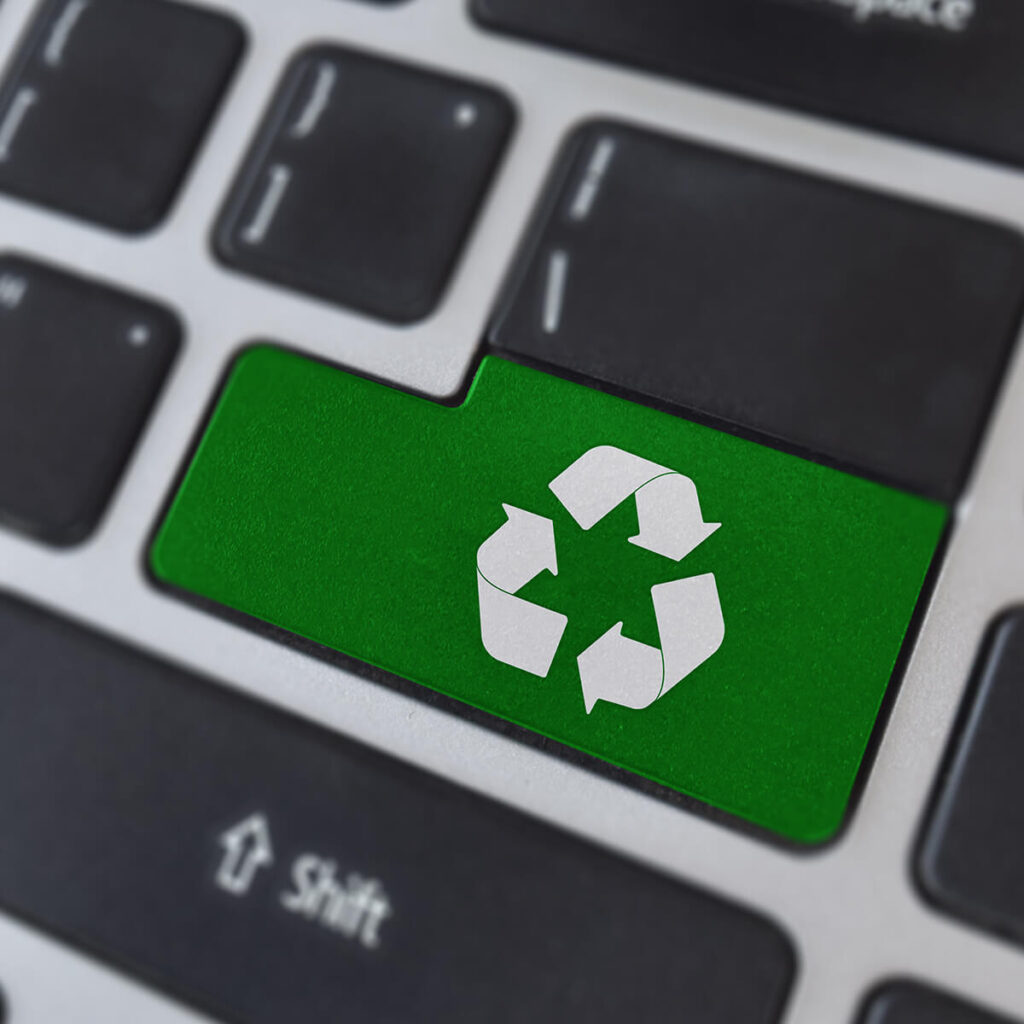

INK
For our packaging, dust bags, and cards, we utilized eco-friendly ink, prioritizing its positive impact on the environment. This helps reduce the release of harmful chemicals and pollutants into the ecosystem, minimizing our ecological footprint. This sustainable alternative is derived from renewable resources and has lower volatile organic compound (VOC) emissions compared to conventional inks. It ensures a safer and healthier environment for both people and the planet.
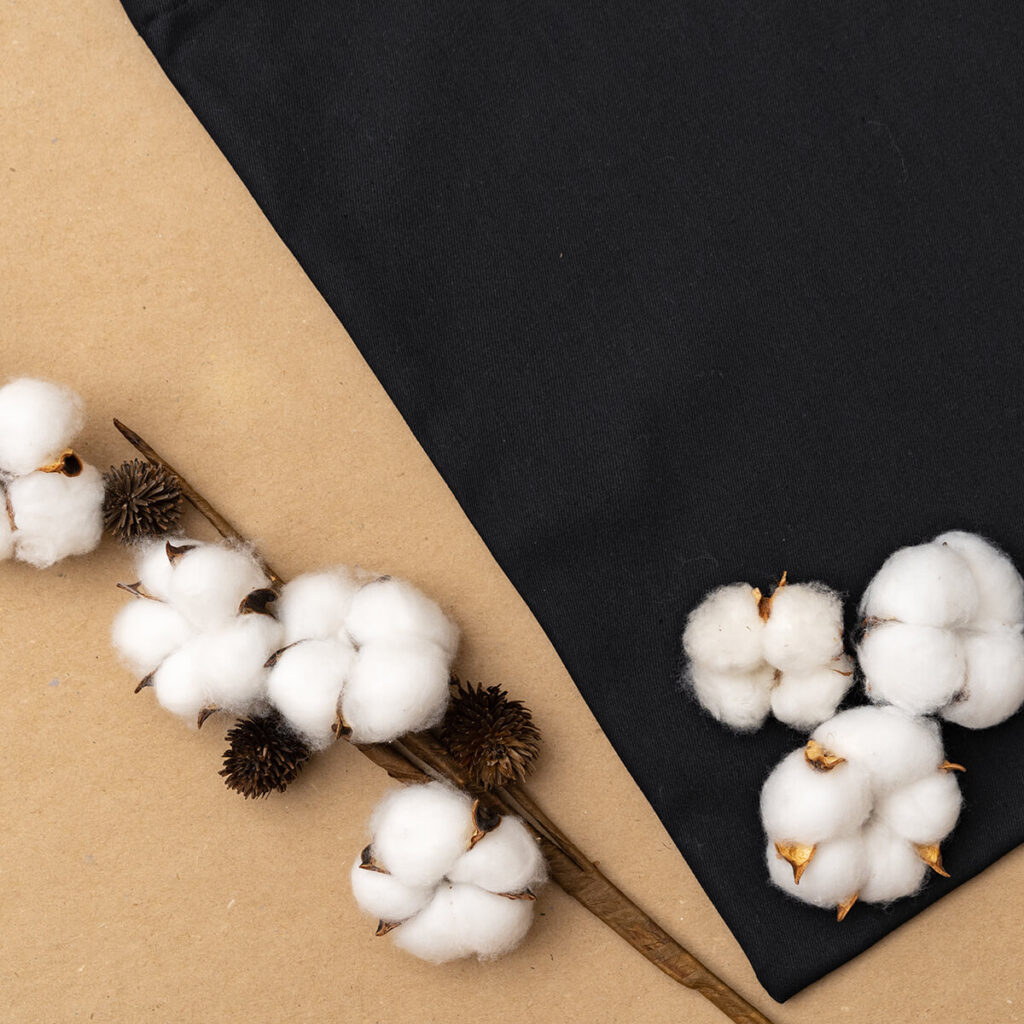
ORGANIC COTTON
The dust bags we have chosen are made of organic cotton, which carries significant environmental benefits. Organic cotton is grown without the use of synthetic pesticides or genetically modified organisms (GMOs). This cultivation approach helps to preserve soil quality, biodiversity, and water resources. By avoiding harmful chemicals, organic cotton production safeguards the health of farmers, workers, and surrounding ecosystems. Additionally, organic cotton typically requires less water compared to conventional cotton farming, contributing to water conservation efforts. By opting for dust bags made of organic cotton, we prioritize sustainability and support a more responsible and eco-friendly textile industry.

ORGANIC COTTON
The dust bags we have chosen are made of organic cotton, which carries significant environmental benefits. Organic cotton is grown without the use of synthetic pesticides or genetically modified organisms (GMOs). This cultivation approach helps to preserve soil quality, biodiversity, and water resources. By avoiding harmful chemicals, organic cotton production safeguards the health of farmers, workers, and surrounding ecosystems. Additionally, organic cotton typically requires less water compared to conventional cotton farming, contributing to water conservation efforts. By opting for dust bags made of organic cotton, we prioritize sustainability and support a more responsible and eco-friendly textile industry.
WRAPPING PAPER
We have chosen to use recycled wrapping paper instead of the typical ones for our packaging. This decision has a significant positive impact on the environment. By utilizing recycled wrapping paper, we help reduce the demand for virgin materials, conserving natural resources and reducing energy consumption. Additionally, it minimizes waste going to landfills, contributing to a circular economy and mitigating the environmental impact of traditional wrapping paper production.


WRAPPING PAPER
We have chosen to use recycled wrapping paper instead of the typical ones for our packaging. This decision has a significant positive impact on the environment. By utilizing recycled wrapping paper, we help reduce the demand for virgin materials, conserving natural resources and reducing energy consumption. Additionally, it minimizes waste going to landfills, contributing to a circular economy and mitigating the environmental impact of traditional wrapping paper production.

